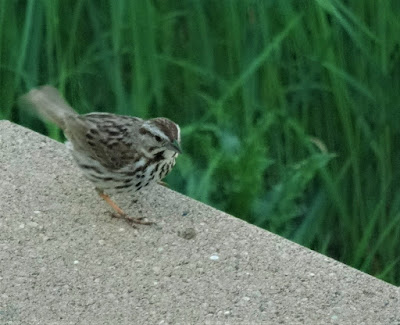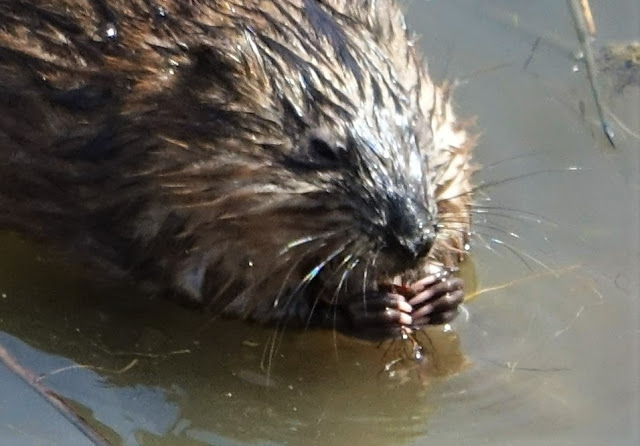Northern Blue Flag Iris versicolor has a deep blue to purple flower. It is also called Harlequin Blueflag.
It grows on lake shores, swamps, pond edges, and wet meadows.
Blue Flag irises occur throughout the USA, in several varieties. Some plants are located on the south shore of the pond, and are blooming now.





























